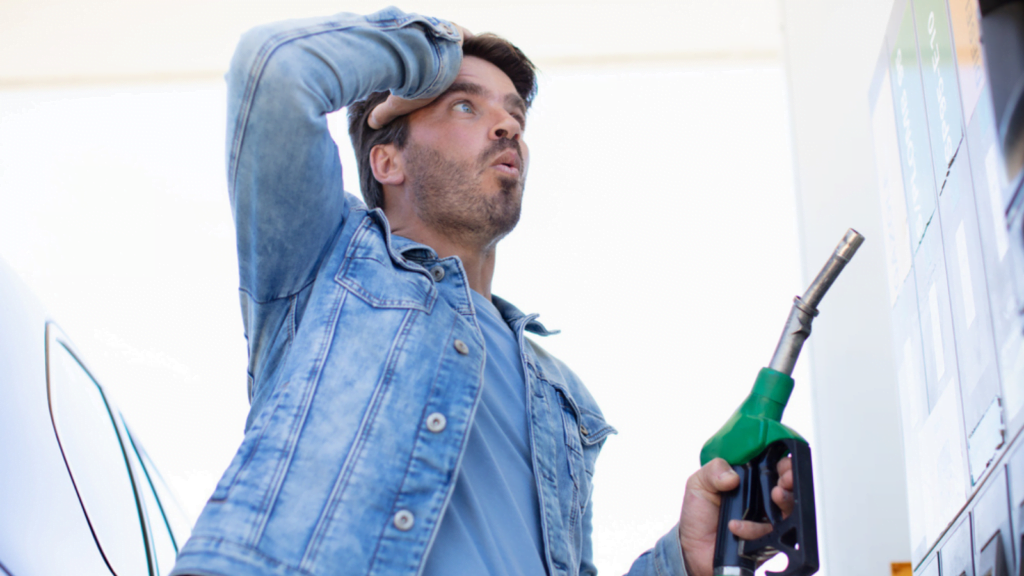Most drivers think they’re being smart when they squeeze the nozzle one more time at the pump to top off their tank. The logic seems simple: more fuel equals fewer stops. But this little habit can actually harm your car in ways you may not notice until it’s too late, leading to costly repairs, wasted fuel, and long-term reliability problems.
Why People Top Off Their Tanks
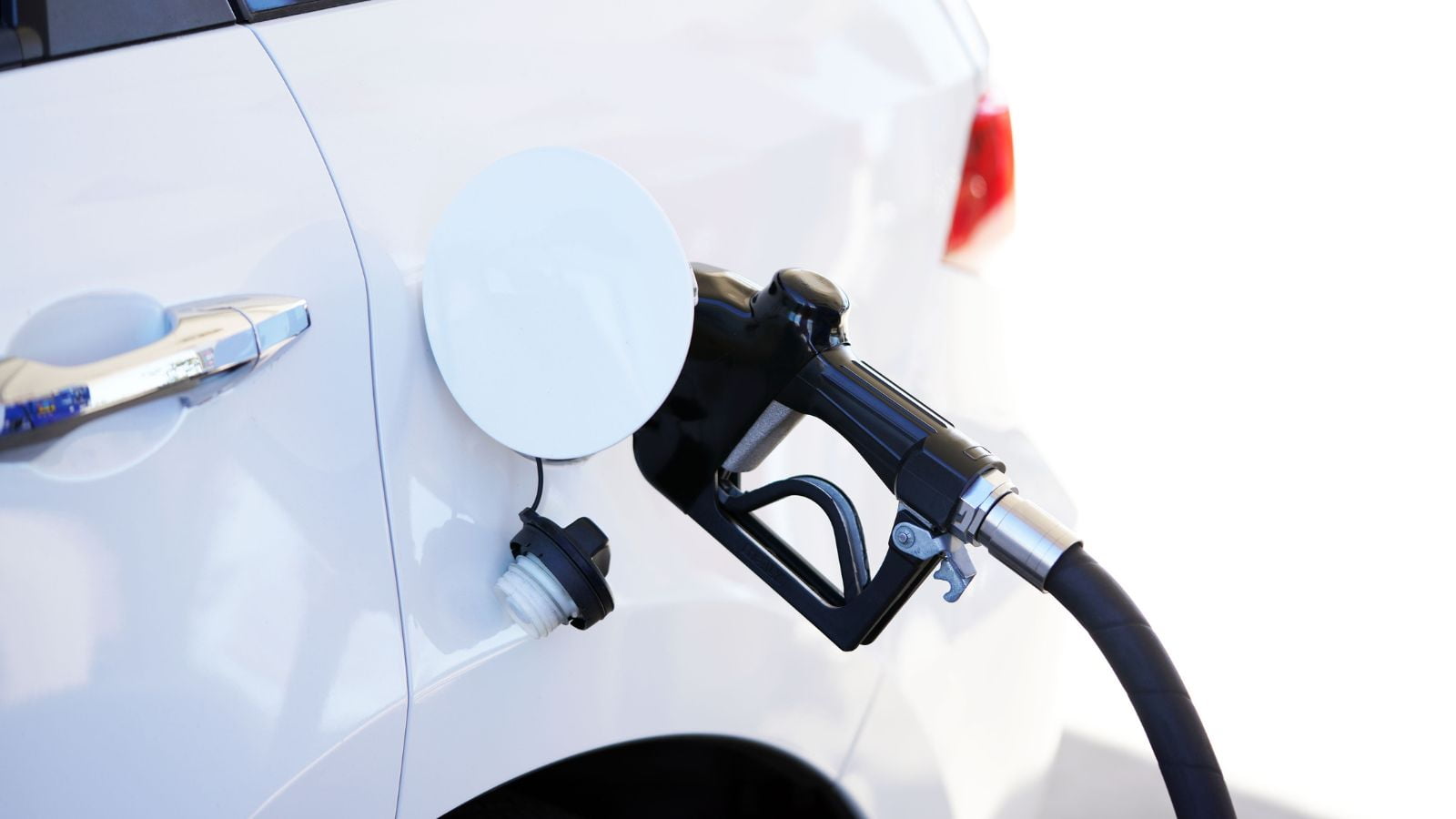
Topping off usually comes from the urge to stretch every dollar. Drivers want the satisfaction of seeing the fuel gauge needle climb to its absolute maximum, or they want to round off the amount spent at the pump. It feels harmless, even clever, like you’re beating the system. But gas stations calibrate pumps to shut off at the right level, and trying to force in more fuel than the tank is designed to hold is not only wasteful it can be destructive.
What Happens Inside the Fuel System
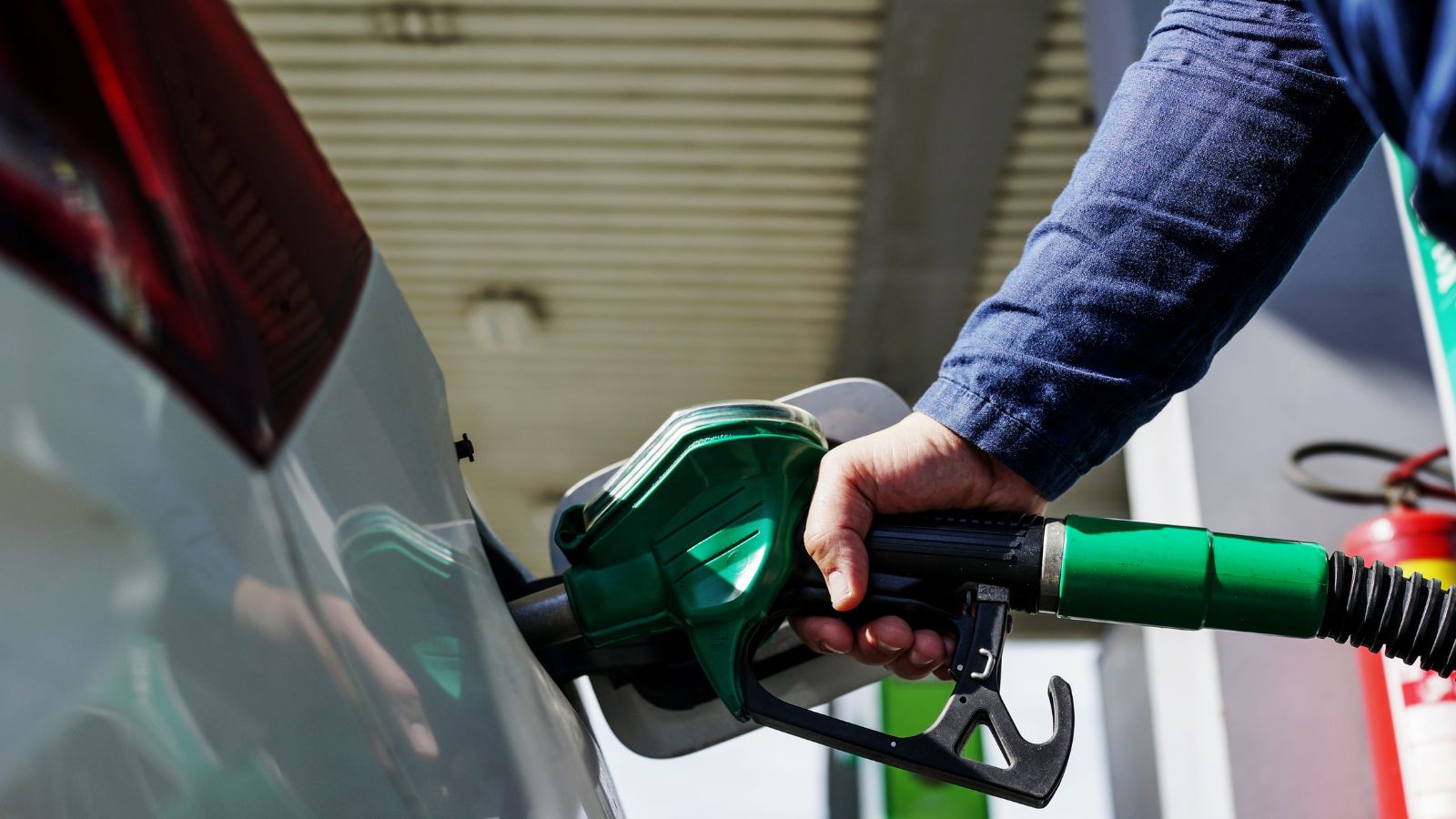
Modern cars use an evaporative emissions system, known as EVAP, which keeps harmful fuel vapors from escaping into the atmosphere. At the heart of this system is a charcoal canister, built to absorb and store vapor only not liquid fuel. When you keep squeezing after the pump clicks off, liquid gasoline often ends up flowing into this canister. Once soaked, the charcoal becomes ineffective, and the whole system can malfunction. This is one of those slow-burn problems you won’t notice immediately but will come back to haunt you later.
The Domino Effect of Damage
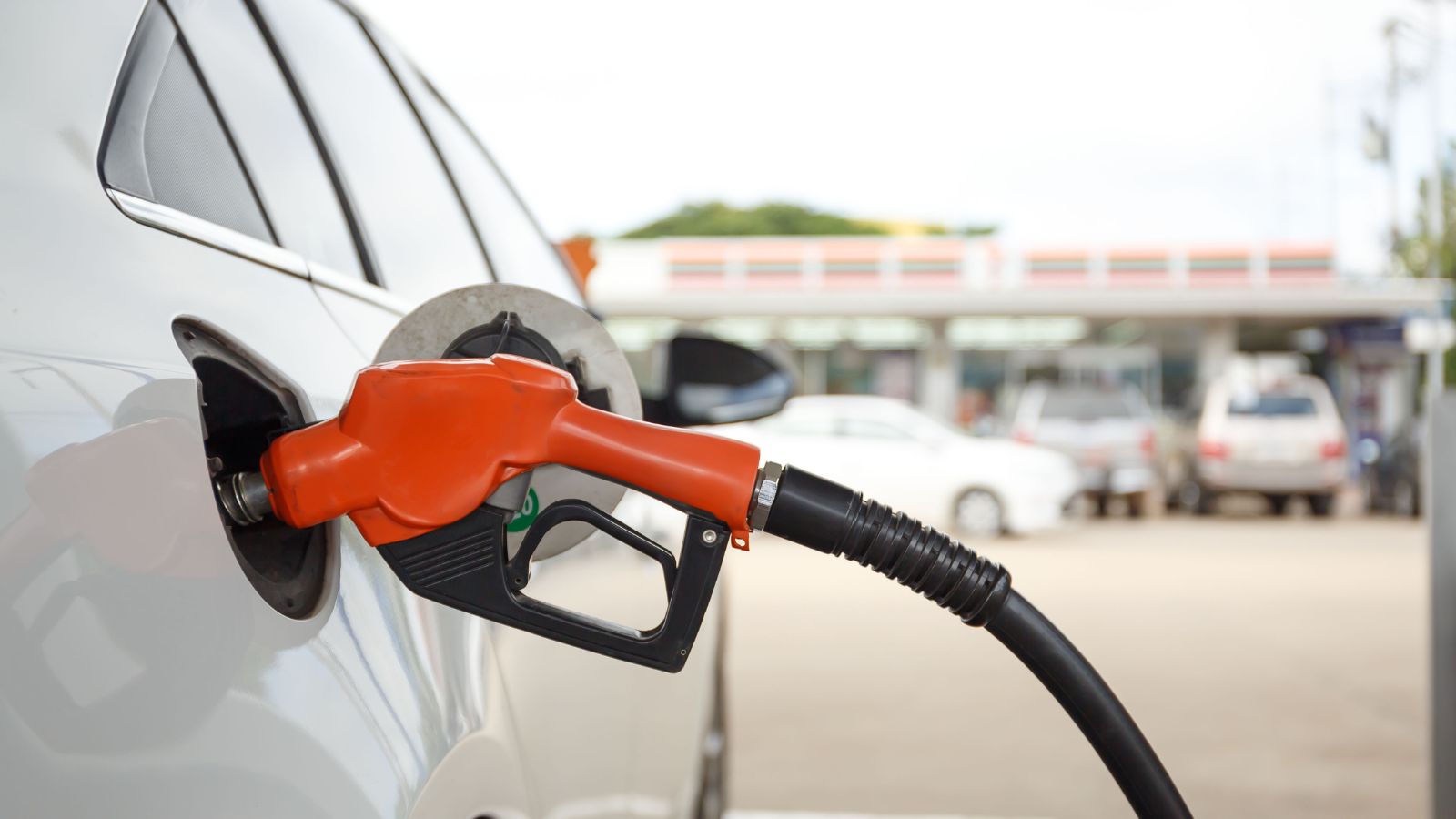
A fuel-soaked canister starts a chain reaction of issues. You may find the car idling roughly, notice a drop in fuel efficiency, or suddenly be greeted by a glowing check engine light. In some cases, you’ll even smell raw gasoline near the car because the system can no longer properly contain vapors. Fixing this isn’t cheap replacing an EVAP canister and associated components can cost anywhere from a few hundred to well over a thousand dollars depending on your vehicle. All of that because of a couple of “extra clicks” at the pump.
Real-World Examples From the Garage
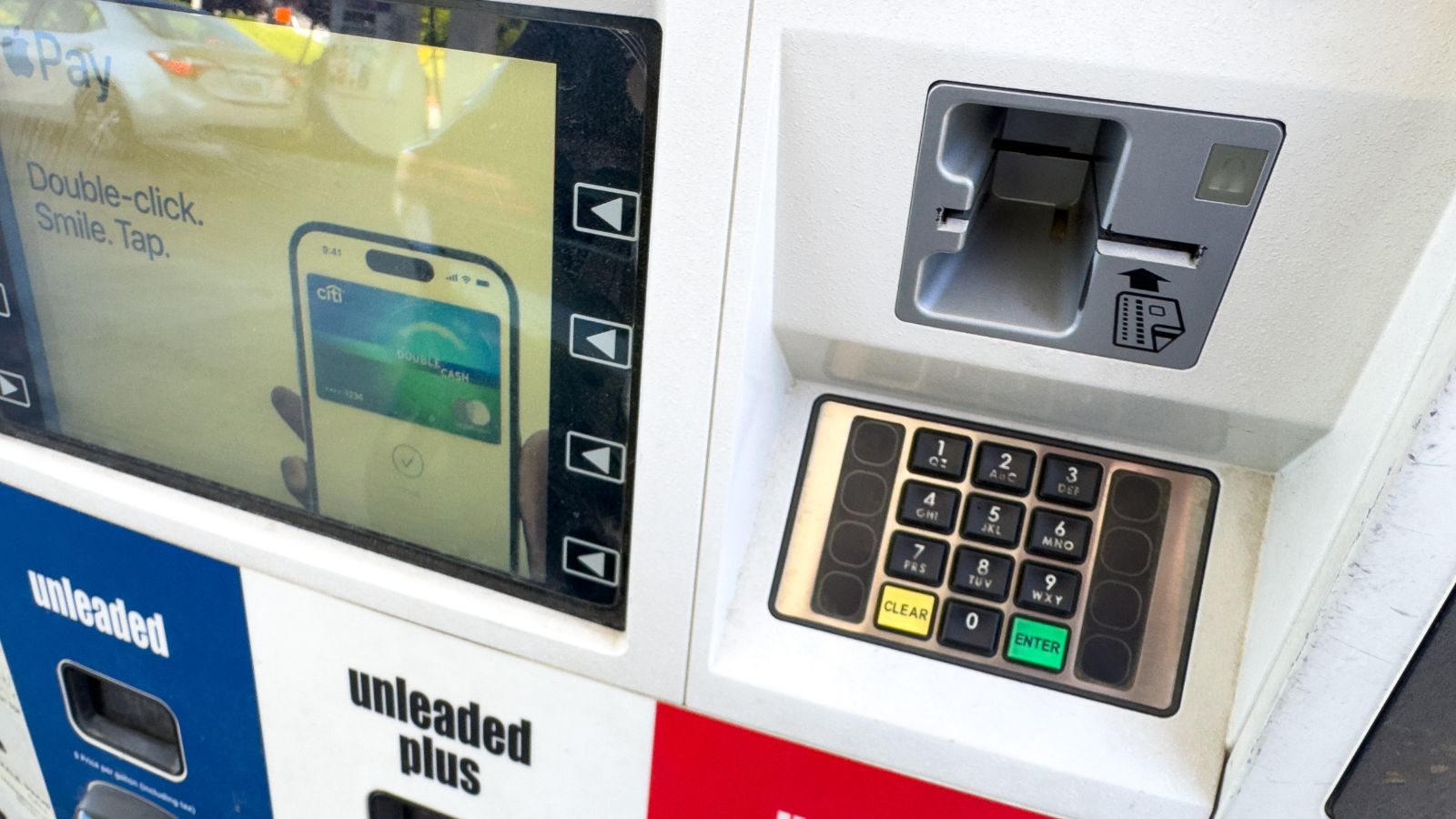
Mechanics see this mistake more often than you’d think. A common scenario is a driver who comes in convinced they have a faulty fuel pump or sensor, only to learn that their habit of topping off has ruined the vapor recovery system. In older vehicles, this could also lead to damage in the purge valve or even seepage back into intake components. Many technicians will warn you straight out: the moment you hear the nozzle click, stop. Every extra squeeze is practically funneling dollars into future repair bills.
Hidden Safety Risks
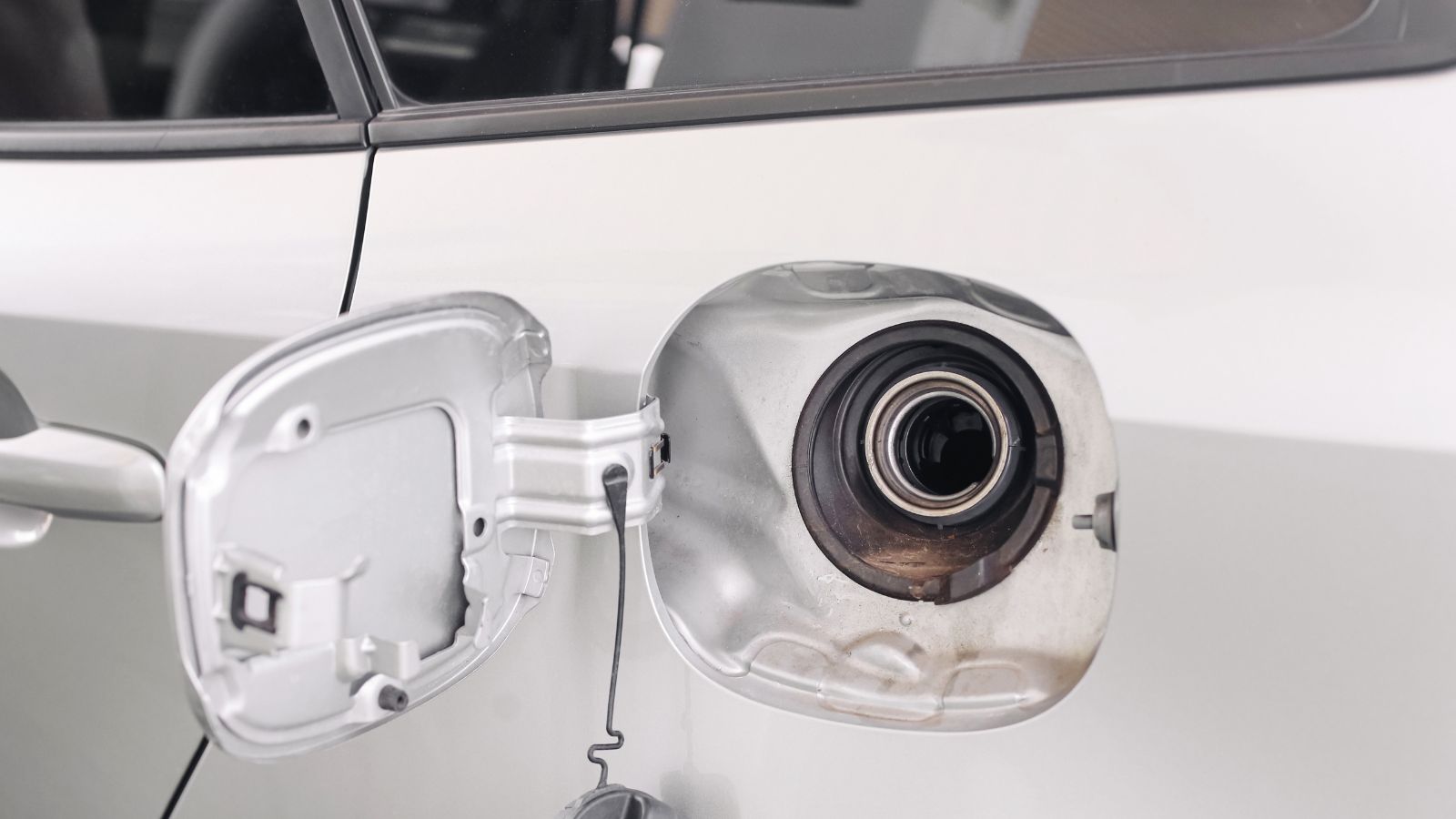
The risks don’t end with mechanical damage. Overfilling often leads to small fuel spills down the body of your car, which not only strip protective clear coat and damage paint but also create a fire hazard. Gasoline is highly volatile, and in hot weather those excess fumes can quickly create dangerous conditions. You’re also wasting fuel you’ve already paid for much of that last half cup simply evaporates into the air, which means your attempt to stretch your dollar actually costs you more.
Why the Pump Knows Best
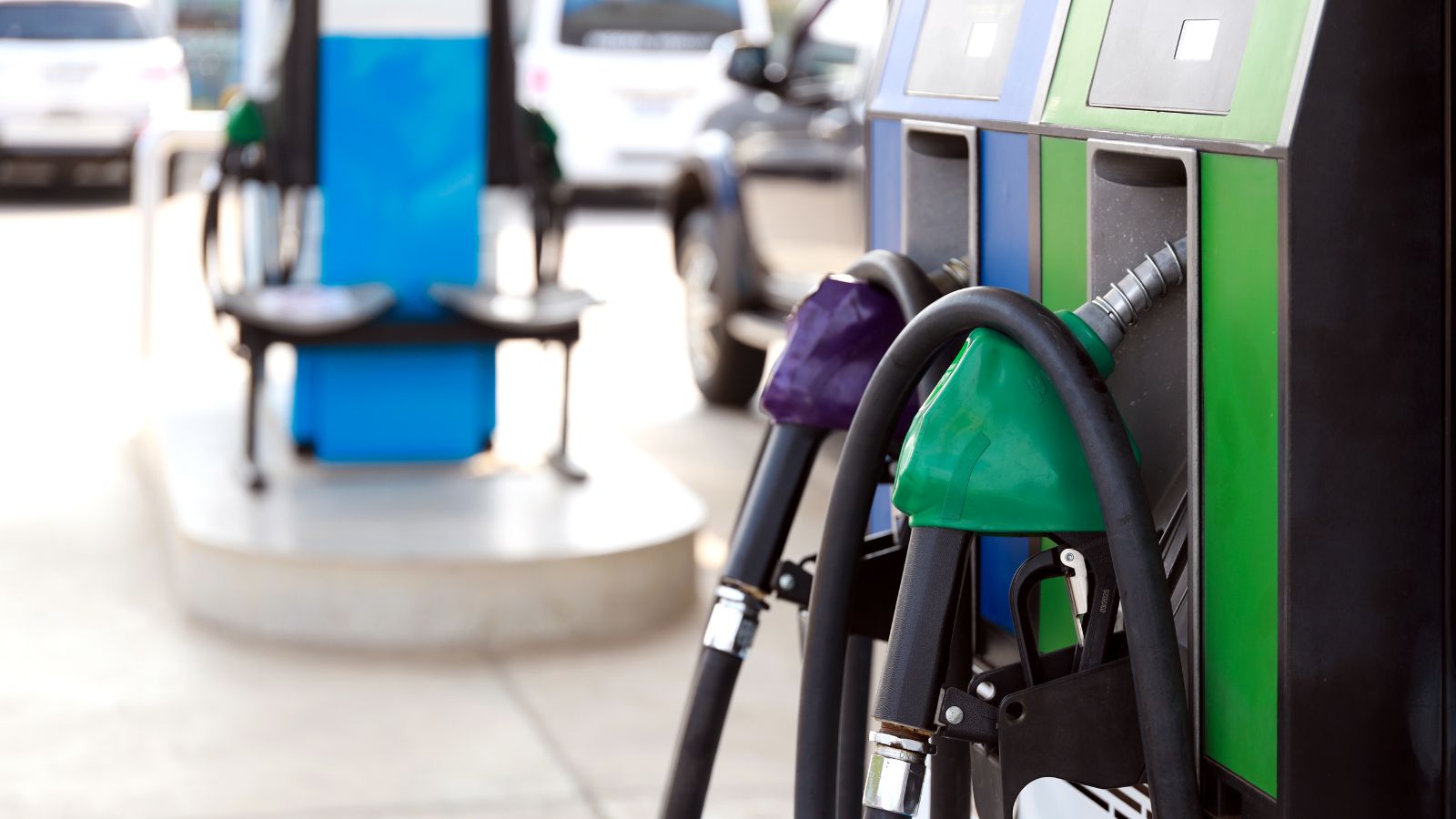
That audible click when refueling isn’t a nuisance it’s a safety measure. Pumps are fitted with sensors designed to stop fuel flow when the tank is full and pressurized. By overriding it, you’re essentially ignoring a built-in safeguard engineered by both automakers and fuel suppliers. Think of it like ignoring a smoke detector or unbuckling your seatbelt it might not bite you instantly, but you’re setting yourself up for bigger problems down the road.
A Better Way to Save Fuel
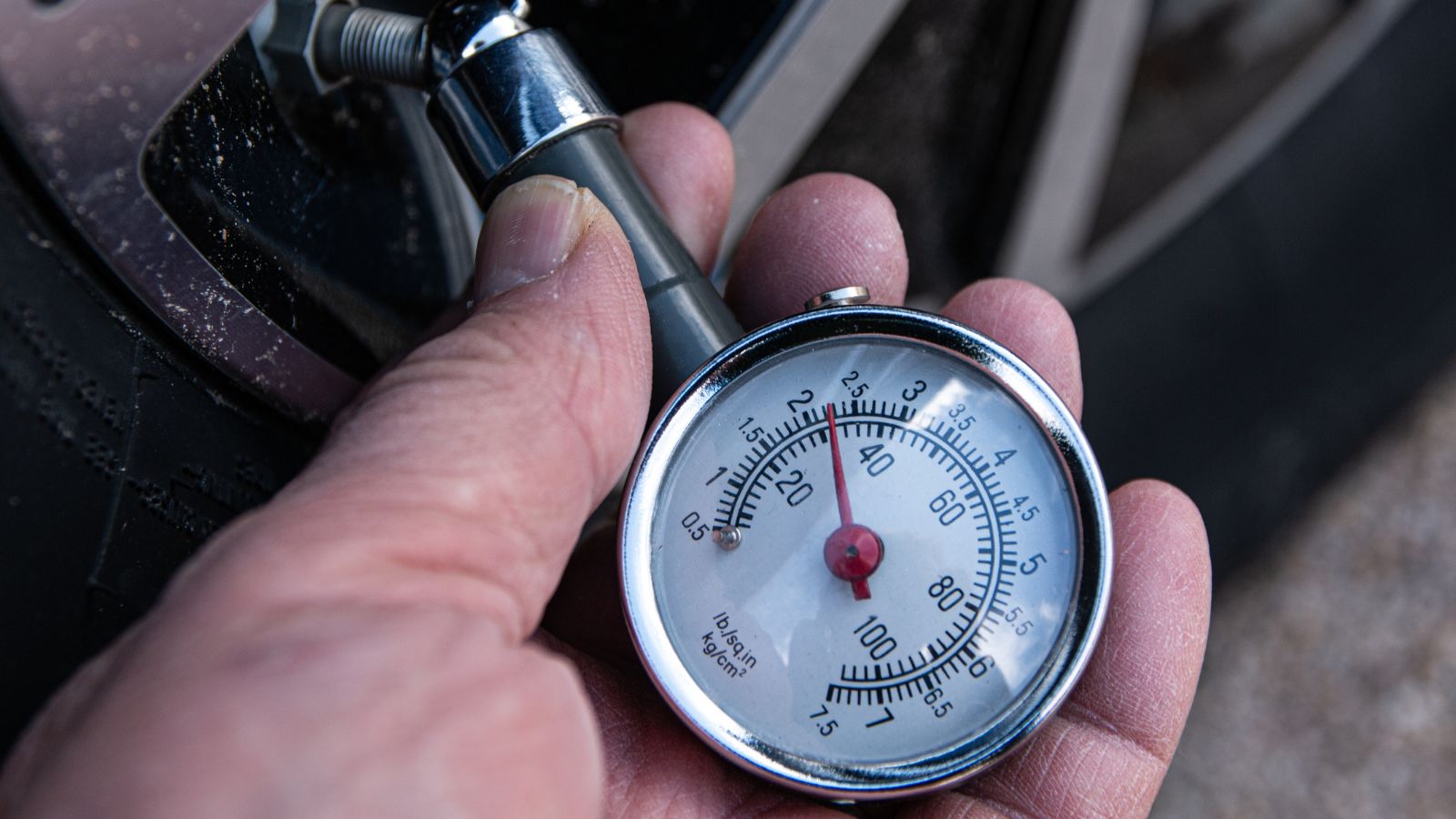
If saving money is your main motivation, there are safer and far more effective habits than topping off. Keeping your tires inflated to the right pressure, avoiding jackrabbit starts, and sticking to steady highway speeds will save you more fuel over the life of your car than any top off trick ever could. Even simple maintenance like replacing a clogged air filter or keeping your oil fresh can add up to noticeable efficiency gains. It’s not about cramming in more fuel it’s about using the fuel you buy more wisely.
The Click
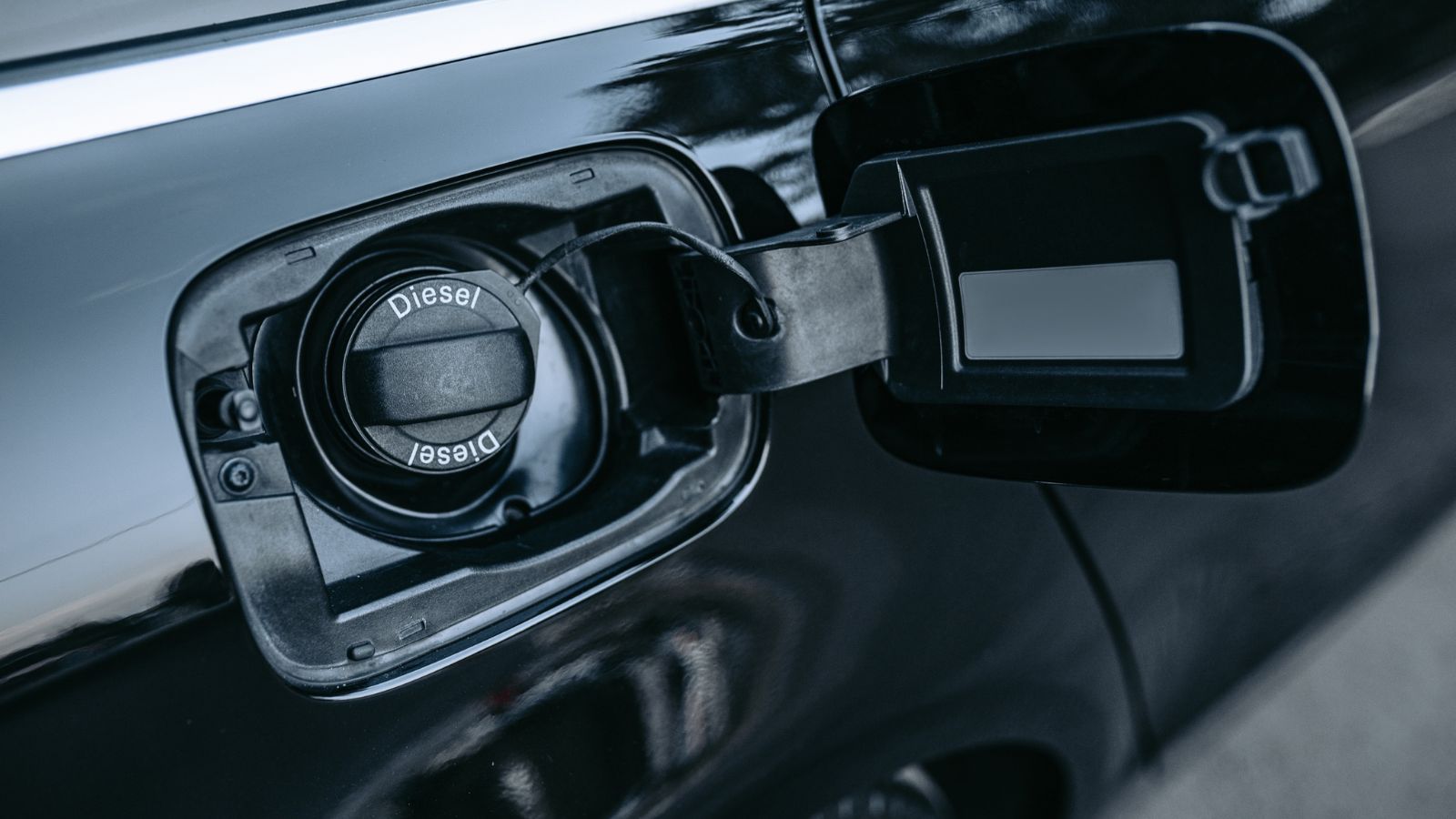
That last squeeze at the pump may seem harmless, even clever, but it’s quietly shortening the life of your car’s fuel system and putting unnecessary risk on your wallet. Once the nozzle clicks, that’s your car’s way of saying “I’m full.” Listen to it. Not only will you avoid costly repairs and wasted fuel, but you’ll also keep your car running smoothly for years to come.
25 Facts About Car Loans That Most Drivers Don’t Realize

Car loans are one of the most common ways people fund car purchases. Like any other kind of loan, car loans can have certain features that can be regarded as an advantage or a disadvantage to the borrower. Understanding all essential facts about car loans and how they work to ensure that you get the best deal for your financial situation is essential. Here are 25 shocking facts about car loans that most drivers don’t realize:
25 Facts About Car Loans That Most Drivers Don’t Realize
